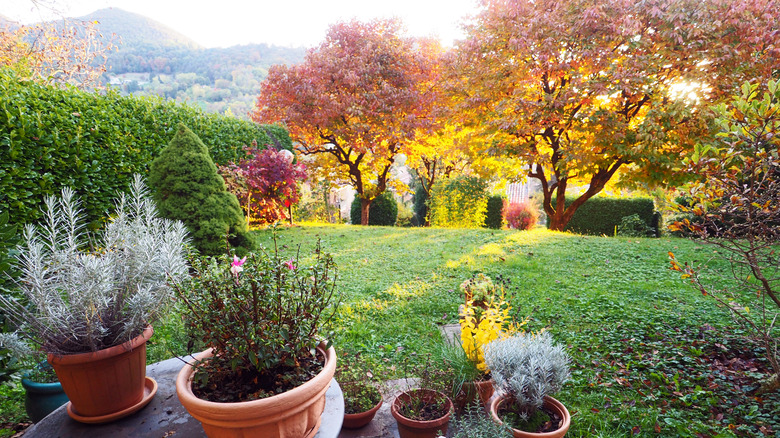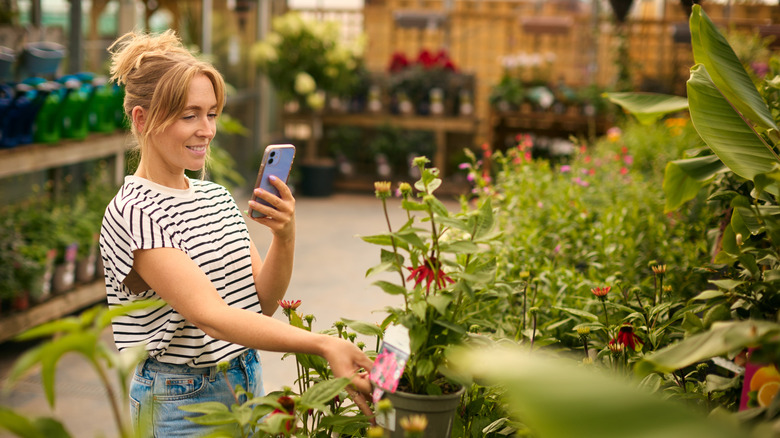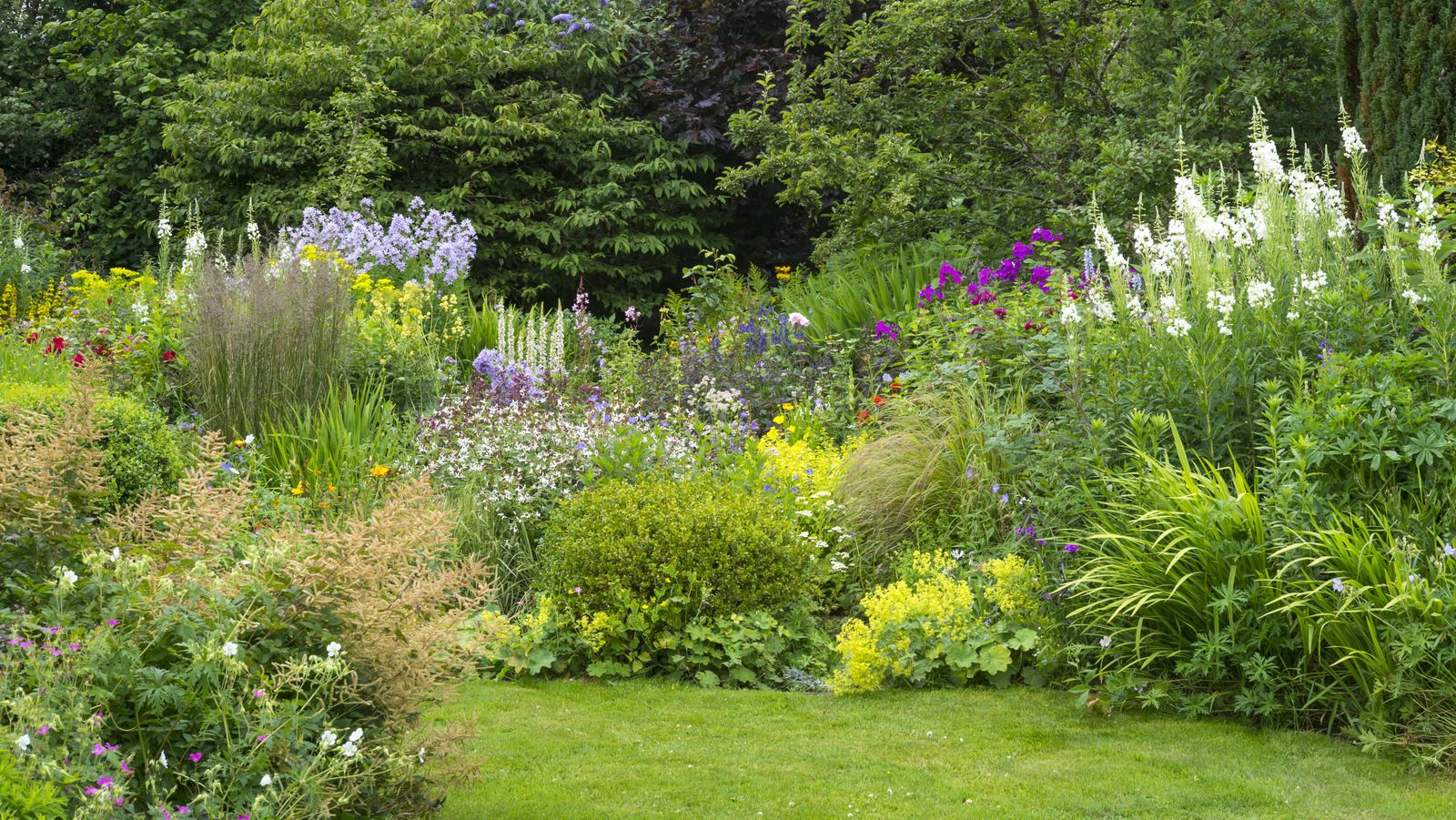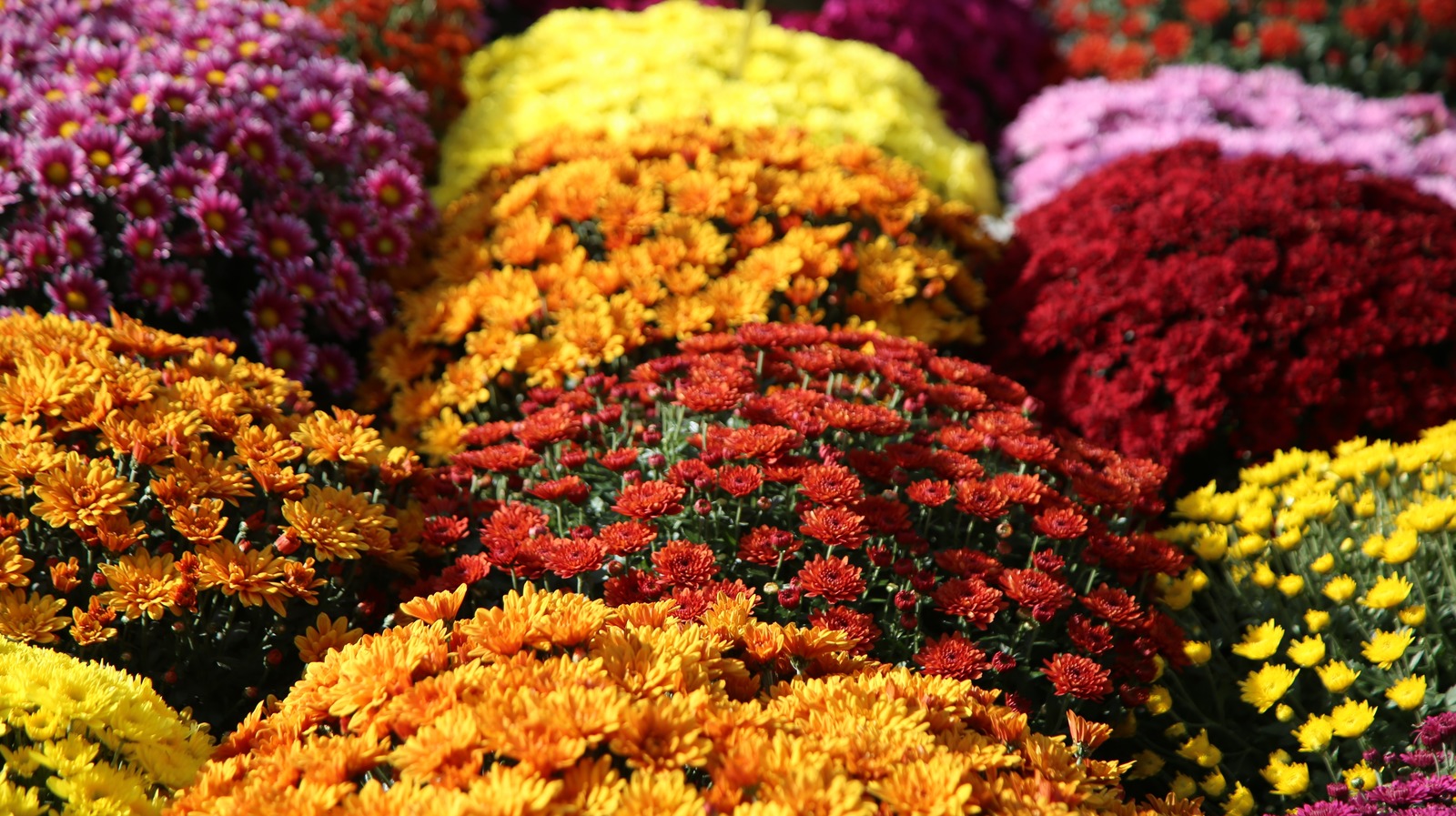
We may receive a commission on purchases made from links.
Maybe you’re wondering if you’re growing something majestic or just an overgrown weed. Never fear — help is here, and you can hold it in the palm of your hand. With Pl@ntNet, a plant identifier app, you can simply snap a picture of the plant in question and find out the answer. The best photos zoom in on one part of the plant: perhaps its leaves, a flower, or a stem. Then Pl@ntNet’s AI will compare it with its ever-growing plant database and give you a few options with illustrations. You can choose the one that fits best. From houseplants to gorgeous tree leaves to picturesque wildflowers, you can identify all your vegetation in seconds. Even better, you’ll be helping to build a citizen science project.
Advertisement
Calling itself “one of the world’s largest biodiversity observatories,” Pl@ntNet relies on people across the planet to share clear photos of their area’s plant life. These photos help train the AI that powers the app to better recognize vegetation while also helping researchers monitor plant species diversity worldwide. You can download this free app from the Apple App Store or Google Play, or use it directly on your computer. Not only will you be getting to know your own plants better, but you’ll also be contributing to scientists’ understanding of the plants of the world.
How plant identification helps your garden
Being able to find out what any plant is will help you care for your home garden, especially if you have landscaping done by a previous owner. Once you know the plant type, you can learn key tricks to keep it healthy, such as what soil conditions it needs and how often to water it. While Pl@ntNet doesn’t include any plant care help, keeping your plants alive is easier with these additional helpful apps. Knowing what plants you already have will help you plan the best layout for your garden as well as choose the best companion plants to benefit your garden. Then, you’re ready to start planting!
Advertisement
You may also want to use Pl@ntNet while hiking or foraging to identify interesting vegetation that you see. However, it’s advisable to use caution when deciding whether or not something is edible. An independent study from Michigan State University found that Pl@ntNet was not always accurate. If you plan to eat what you find, it’s advisable to double-check your identification.
You can also find plant identification assistance from books such as “Botany in a Day: The Patterns Method of Plant Identification” and “The Forager’s Harvest: A Guide to Identifying, Harvesting, and Preparing Edible Wild Plants,” both of which are available on Amazon. Whatever source you use, you can have fun finding out more about the plants in your part of the world.
Advertisement







